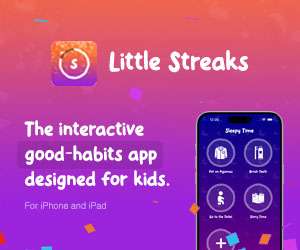Isaac
Years ago
NBL and WNBL to stick with September to March
As part of the total review of the competitions across the country Basketball Australia (BA) committed to the completion of a review of the season timing of the National Basketball League (NBL) and Women's National Basketball League (WNBL) seasons. The review, which included extensive stakeholder engagement, consideration of elite pathways and advice stemming from comprehensive commercial analysis of basketball by respected global management consulting firm McKinsey & Company, identified the optimal positioning of the elite domestic season, which was presented to the BA Board for decision on 9 October 2009.Same league name, same time of year - hope this isn't costing them too much from consultants...
In order for Basketball, in particular the NBL and WNBL, to maximise its potential in terms of revenue and exposure and therefore become a long term sustainable and commercially viable product, the research shows that the key is to have a strong broadcast agreement.
The nature of sport in this country and the make up of the sport broadcast landscape has changed enormously since basketball first burst onto the scene in the 1980’s.
Basketball is in a position where it can take advantage of the real window of opportunity in terms of broadcast calendars to maximise its exposure and potential revenue.
It is for these reasons that the decision has been taken that the NBL and WNBL will continue to play in the summer period from September to March.
BA CEO Larry Sengstock said the clear recommendation of the review was that the current September - March window provides the best opportunity for basketball to maximise commercial return, extend media coverage and really entrench Basketball as a spectator sport in the summer period.
"We undertook an exhaustive analysis of the current season positioning, including going head-to-head with the winter football codes and also a July to mid-December window. Our steadfast focus is the commercialisation of the sport and ultimately the compelling economics of building a strong broadcast partnership and embracing the partnership opportunities available which makes summer the best season to revitalise basketball’s position," said Sengstock.
“We already have an established market position in summer and our games complement the broadcast window available to sports. This is a key factor as we look to change our commercial model to attract broadcast rights, similar to the football codes. Basketball is a great product for TV and we want to give the game every chance to succeed and grow in a season we can make our own.”
“There are some who would try to turn back the clock assuming that a move back to winter would guarantee the success of the 1980’s and '90’s. The reality is that we are now in a far more complex and competitive sporting marketplace. We are focused on moving forward, not looking back and the timing of the season needs to drive the best commercial outcome for the sport, with flow on benefits to our grass roots participation,” Sengstock added.
Sengstock said that the summer window establishes the position for the competition to allow BA to proceed with the development of the schedule for supporting leagues and competitions to complete the player development pathways from grass roots to elite.
The international season timing also dovetails neatly into the start of the domestic season and provides the perfect promotion and awareness for the elite domestic men’s and women’s competitions.
Sengstock also announced today that its Competitions Commission had been directed by the Board to develop a concept for an underpinning competition for both the NBL and WNBL.






